#Brahminy Blindsnake
Text
little creature of the day: Brahminy Blindsnake

I swear it’s not an earthworm he just looks like that
image source
8 notes
·
View notes
Note
tiny nagas based on the brahminy blindsnake
omg when you said tiny, you really meant it! Living with the tiny fairy folk in little acorn houses or nomadic ones built on the back of animals like fieldmice or snails or blackbirds, with capital 'cities' on raven back or something.... oh man. Yeah, teenytiny nagas
25 notes
·
View notes
Note
Hello! Since March 8th is International Women’s Day, I was wondering if you might share with us some females from various species? (Since the more vibrant males tend to get the spotlight lol)
International Women’s Day!!!
Yes yes yes! With many animals, the females are more impressively large or more colorful than the males. Let's have a look at some impressive and amazing females...

(Southern) Green Anaconda (Eunectes murinus), female, family Boidae, Ecuador
With many snakes, the females get to be much larger than the males. Female Anacondas grow to be the heaviest snakes in the world, as up to 97.5 kg (214 lb 15 oz).
Though reports have claimed that Green Anacondas can grow up to over 30 ft long, the longest ever ACTUALLY measured was about 19 ft. long.
photograph by Alejandro Arteaga
Advance Wildlife Education

Brahminy Blindsnake aka Flowerpot Snake (Indotyphlops braminus), family Typhlopidae, found in tropical and subtropical areas around the world
This snake is native to somewhere along the Indian Ocean, possibly somewhere in SE Asia or coastal Africa.
The fossorial (burrowing) snake feeds mainly on the larvae, pupae, and eggs of ants and termites.
All known specimens of this snake have been female. They reproduce through parthenogenesis (asexually).
photograph via: UGA Coastal Ecology Lab
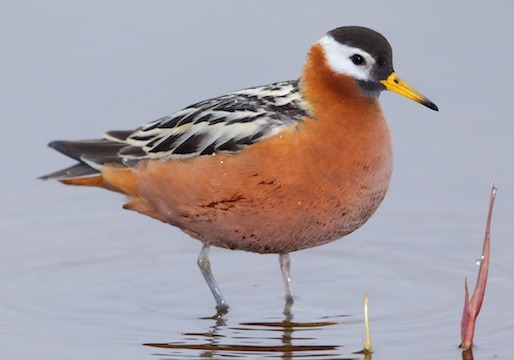
Red Phalarope (Phalaropus fulicarius), female, family Scolopacidae, order Charadriiformes, near Barrow, Alaska, USA
Female Phalaropes are larger and more colorful than the males. They court the males and defend the nest site. The males incubate the eggs, and raise the chicks.
photograph by Mark A. Chappell
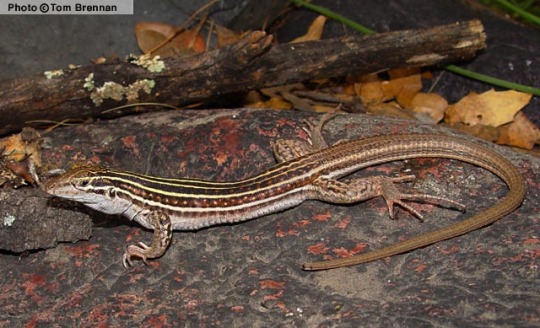
Sonoran Spotted Whiptail (Aspidoscelis sonorae), females, family Teiidae, Arizona
This is another all female parthenogentic species.
There are other closely relates species, other whiptails and racerunners, that are also all female populations. Some of them are completely parthenogenic, and some combine parthenogenesis with sexual input from closely related species or populations nearby.
photograph by Tom Brennan
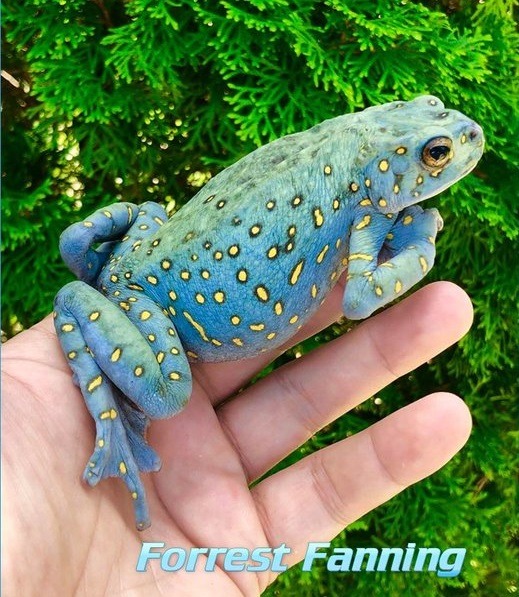
photograph by Forrest Fanning

photograph by Giuseppe Mazza
Asian Yellow-spotted Climbing Toad (Rentapia hosii), females, family Bufonidae, found in SE Asia
The females of this species are large, gorgeous, ornate frogs, while the males are much smaller and much less colorful.
#frog#toad#amphibian#snake#anaconda#reptile#phalarope#bird#animals#nature#whiptail#lizard#blind snake#international women's day
507 notes
·
View notes
Note
thoughts on brahminy blindsnakes?
they stink
regardless; eating her
55 notes
·
View notes
Text

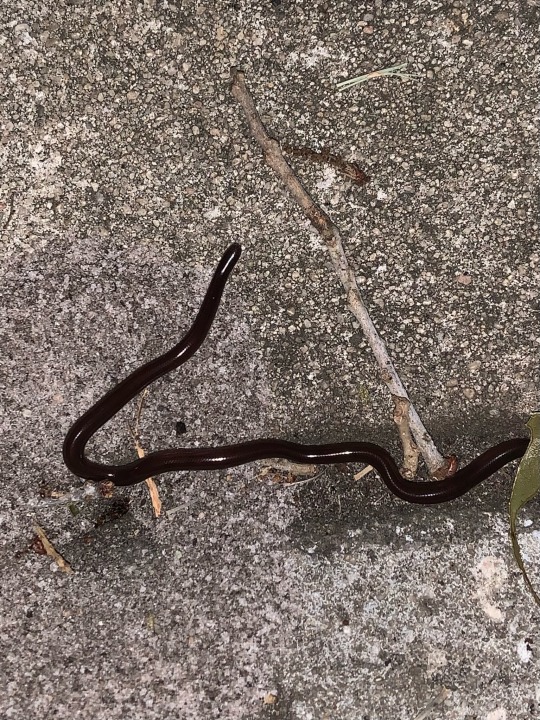
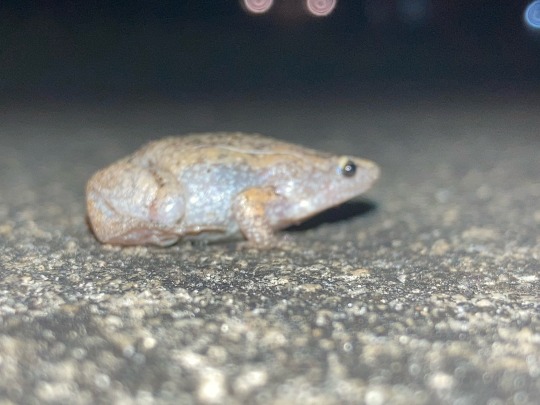

went on a walk tonight and saw two fossorial ant eating beasts we’ve never/rarely seen before, brahminy blindsnake and an eastern narrow mouthed toad
#i say rarely bc i do have a pic of one of those frogs from another time but never seen one of those snakes before :O it looked just like an#earthworm till we noticed the little tongue flicking out and the scales#i wonder why they were both out above ground tonight#meeting up for an ant eaters convention#the frog ate an ant right in front of us
18 notes
·
View notes
Text
The Brahminy Blindsnake: Meet the smallest snake in America | Entertainment/Life
New Post has been published on https://petn.ws/Jx0g
The Brahminy Blindsnake: Meet the smallest snake in America | Entertainment/Life
There was a tiny dead creature on the concrete pad outside the back door one morning. At first it looked just like an earthworm. But it wasn’t a worm. It was a little smoother and more sparkly. If you bent down and looked really carefully, it had tiny, tiny scales. So it was a reptile. […]
See full article at https://petn.ws/Jx0g
#ReptileNews
0 notes
Text

home alone on a friday night? this is the brahminy blindsnake. all female species. parthenogenetic. could fit on a quarter curled up. it eats ants
839 notes
·
View notes
Text
A friend of ours found this Brahminy Blindsnake in their house, so we identified it and released it outside!
#reptiles#reptiblr#herpetology#reptile#snakes#snake#snekblr#snakeblr#snek#florida wildlife#Blindsnake
52 notes
·
View notes
Text
Sh!t Theists Say
“Being gay is unnatural because a female can’t reproduce with another female!”

Unnatural
1. Contrary to the ordinary course of nature; abnormal.
2. Not existing in nature; artificial.
My dude, there’s an entire GENUS of whiptail lizards alone (Aspidoscelis) in which girl lizards can have babies without any guy getting involved.
In fact, 15 of the 47 species in the genus are comprised entirely of lady lizards.
No bros whatsoever to be found in any of those 15 species.
As Katherine Harmon so eloquently said in the opening lines of a 2010 Scientific American article, “some species of whiptail lizards need a male even less than a fish needs a bicycle”.
And those are not the only examples of female-only species either.
About 70 other fish, reptile, arachnid, and bird species also reproduce by parthenogenesis.
Examples of ladies-only species:
Triaeris stenaspis (a species of goblin spider)
Are believed to be a female-only species, as no males specimen have ever been found and scientists have demonstrated that the species is indeed able to reproduce parthenogenetically.
The mourning gecko (Lepidodactylus lugubris)

Indo-Pacific house gecko (Hemidactylus garnotii)

^ Image by William Flaxington
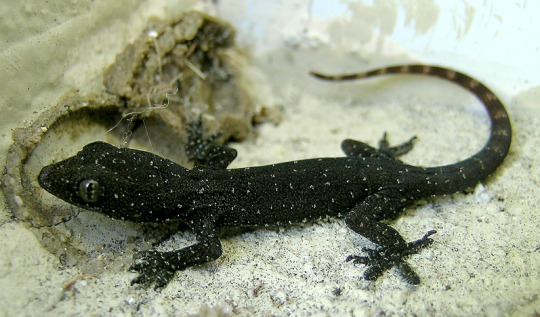
^ Image by Sean McCann
(different looks are different subspecies)
Brahminy blindsnake (Indotyphlops braminus)
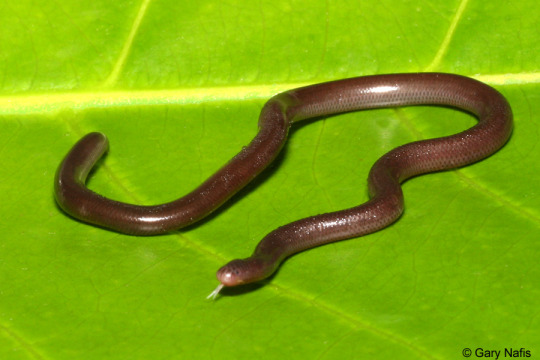
Nature is a helluva lot more inventive (and weird af) than anyone gives it credit for.
Or, as Dr. Malcom would put it...

#homophobia#tw homophobia#life finds a way#nature is lgbt+ af#biology#Religion#Unnatural#lol ok then#nature has zero Fs to give about what you think is moral#whiptail lizard#blindsnake
22 notes
·
View notes
Text


Brahminy Blindsnake aka Flowerpot Snake (Indotyphlops braminus), family Typhlopidae, found in tropical and subtropical areas around the world
This snake is native to somewhere along the Indian Ocean, possibly somewhere in SE Asia or coastal Africa.
The fossorial (burrowing) snake feeds mainly on the larvae, pupae, and eggs of ants and termites.
All known specimens of this snake have been female. They reproduce through parthenogenesis (asexually).
photographs via: UGA Coastal Ecology Lab
#blind snake#snake#indotyphlops#typhlopidae#reptile#herpetology#animals#nature#asia#north america#africa
237 notes
·
View notes